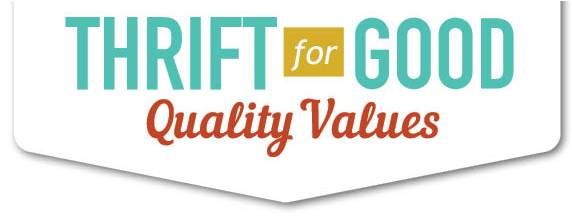FAQ
When can I donate?
We accept donations Sunday-Wednesday from 10am-6pm.
What can I donate?
We take pretty much everything except furniture, large appliances, and construction leftovers. We love to see clothing, items for the home, and old stuff! Please don’t donate broken or unusable things. If you wouldn’t give it to a friend, please don’t give it to us. We strive to minimize waste and put all usable things to good use! Please note: We cannot issue tax certificates at this time.
How much goes to charity?
25% of the sold price of each item goes to the charity of the donor’s choice. Checks are issued monthly for amounts $50 and up.
Which charities can I pick from?
You can pick from charities already on our list, or any other charity you care about. Just let us know which charity you want to support when you drop off your donation.
What happens to stuff you can't sell?
Some items are useful, but not worth enough to sell. Perhaps they’re a little broken, have missing parts, or are stained. These items are given to our charitable counterpart, TFG Charitable Supply and Foundation. They sort those goods and then give them away for free to other charities that can use them. For example, coats, socks and blankets go to charities serving the homeless.
Can I volunteer?
The Thrift for Good® store and donation center is a for-profit entity, so all of our employees are paid. If you want to help sort items to be given to various local charities, please check out the volunteer opportunities available through our charitable counterpart, TFG Charitable Supply and Foundation.
What can I do to help my charity make more money?
There are a few things donors can do to help get the best value for their donation:
First, bring your donation in its own container (a bag or box). We don’t mind lending you one when you arrive, but if it was used for a prior donation, it could still be marked with the old sticker.
Second, put sets in a single container. If possible, put the entire set into one box or bag. Donations are processed one bag or box at a time. If, for example, a pair of shoes gets put into two different bags when you donate, they will most likely never be reunited.
Third, separate wearables (clothing, shoes, and accessories) from everything else. Wearables are priced separately from hard goods, allowing us to use the most experienced pricers available for each item type. Separating goods helps our pricers to be more accurate, so your items sell faster and for more money.



